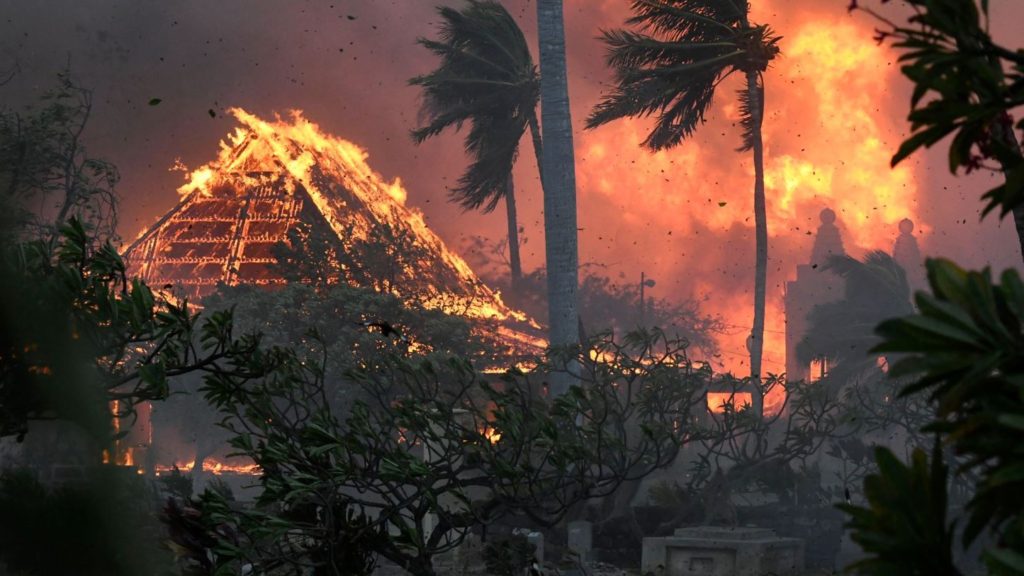The recent devastating fires in Hawaii, particularly in the historic town of Lahaina, resulted in the death of at least 55 individuals. Scientists attribute the severity of these fires to multiple factors, prominently climate change. As per Guardin report, Global warming has made areas of Hawaii prone to fire by causing vegetation to dry out, turning them into potential fuel sources. Katharine Hayhoe, Chief Scientist at the Nature Conservancy, emphasized that while climate change might not directly ignite these fires, it undoubtedly intensifies them. Here are some of the signs that changes are taking place.
Maui, where the worst of these fires happened, has seen approximately one-fifth of its area affected by severe drought. This isn’t a solitary incident; Maui experienced significant fires in 2018 and 2021, leading to significant property loss and the evacuation of numerous residents and tourists. Current wildfires in Hawaii are covering quadruple the area compared to previous decades, a phenomenon partially attributed to the spread of more combustible non-native grasses and escalating global temperatures.
Rainfall patterns in Hawaii have undergone notable changes, with the state receiving 90% less rainfall now compared to a century ago. A significant study from 2015 revealed that certain monitored locations in Hawaii had seen rainfall decline by 31% during the wet season since 1990. The susceptibility of Hawaii to such massive fires is increasing as parts of the state, once renowned for its lush forests and volcanoes, dry out due to relentless global heating.
Furthermore, the recent fires in Lahaina were exacerbated by winds from Hurricane Dora. Interestingly, the impact of this cyclone on the fires was unexpected by scientists, especially considering the cyclone was approximately 500 miles away from Maui. It’s indicative of the broader issue where climate change is contributing to an overall surge in potent cyclones in the central Pacific.
In the context of disaster management, these events underscore the pressing need for more advanced warning systems and preparedness measures. The observed and anticipated trends make it evident that addressing the impacts of climate change should be central to future disaster mitigation strategies.

